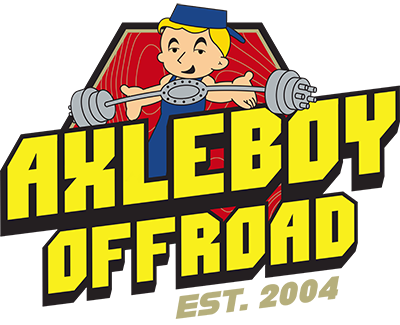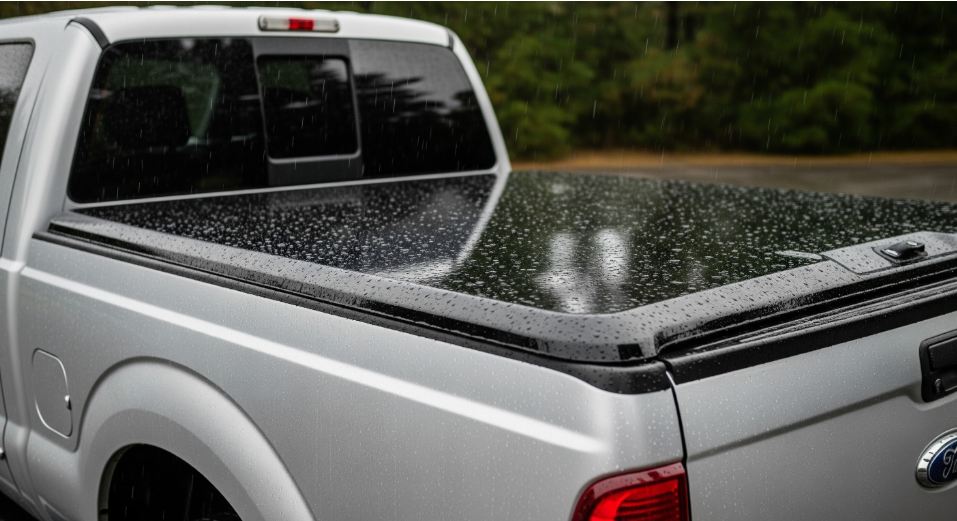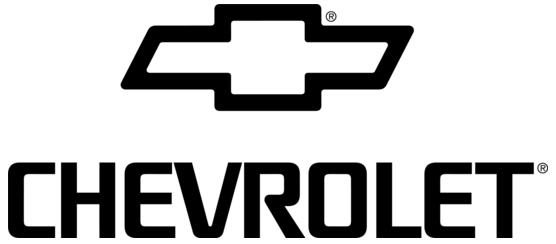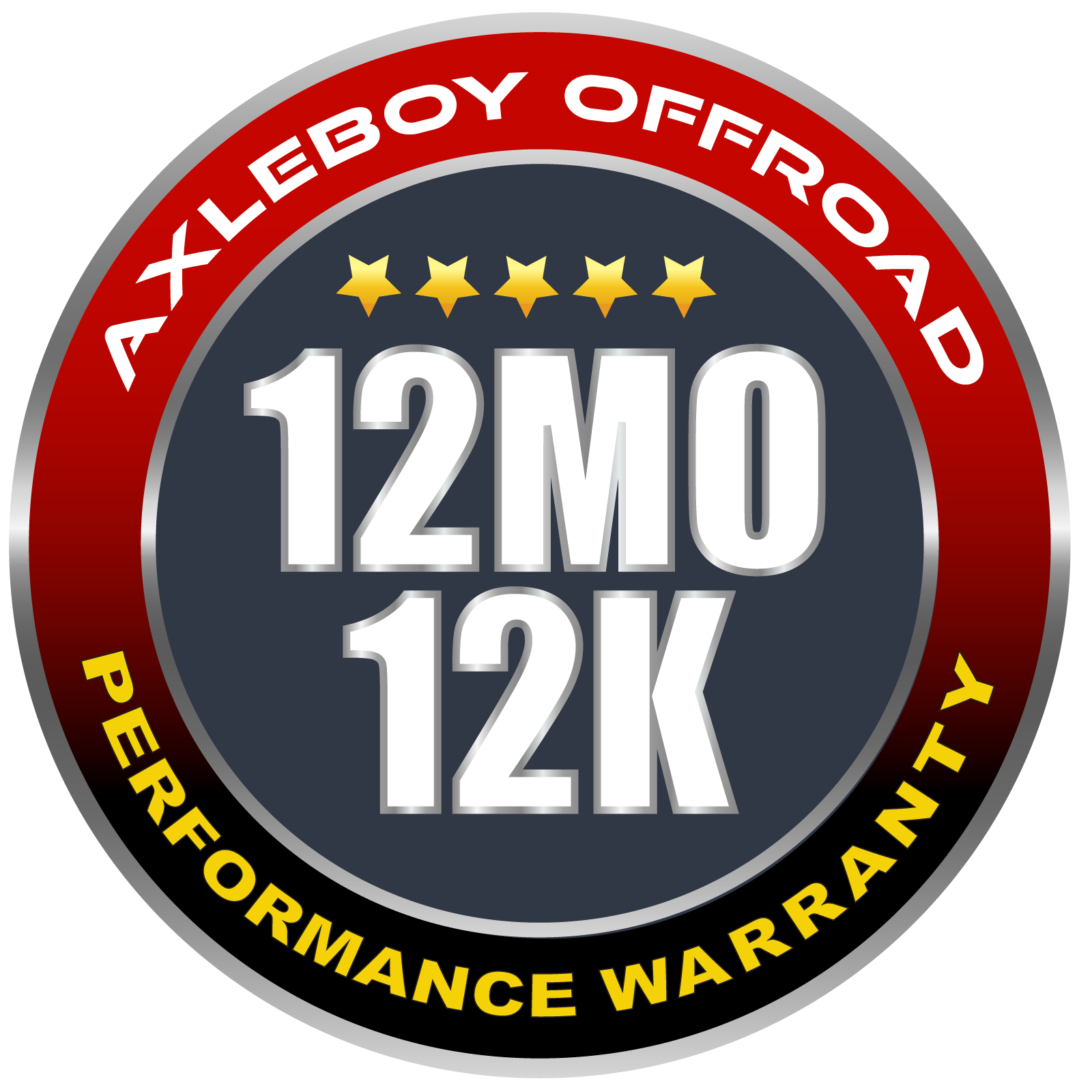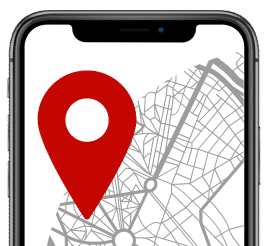DIY Jeep Projects
Whether you’re brand-new to DIY Jeep projects or you’ve been tinkering for quite a while, there are some easy tweaks you can do in your garage or out on the open road while trekking. We hate to tell you, but it’s probably a good time to tackle that garage cleaning and organization project you’ve been putting off. You’ll want to have full access to your tools and space before working on your Jeep.
There are plenty of big modifications that are much better left to the professionals — like lift kit installs, new wheels, and the addition of a recovery winch. That doesn’t mean you can’t get your hands dirty on your own when you aren’t able to make it to the shop during these times. Just because you’re social distancing, doesn’t mean you have to distance yourself from your Jeep!
Start With the Basics
- Install new air filters: They can be ordered online and your owner’s manual can give you instructions on installing them. Clean air filters are a must for off-roaders, especially those who travel their fair share of dusty trails.
- Check oil levels: This is the easiest way to tell if you’re having problems with the inside of your engine. Take a look at your owner’s manual to see what your oil levels should be.
- Tire pressure: Properly pressurized tires improve your gas mileage and ensure your tires grip the road better.
- Battery maintenance: Don’t get stranded with a dead battery, which can happen when there’s too much corrosion. Did you know that your battery terminals can be cleaned with Coca-Cola ? You can also order specialty cleaners online.
- Check fluids: It’s not just oil levels in your Jeep that needs to be checked. Keep an eye on radiator fluid, power steering fluid, and transmission fluid levels to ensure they’re where they need to be.
- Swap out your wipers: There’s nothing worse than starting up your Jeep only to find out that the wipers are worn or not working. If you’re planning an off-road trip, consider investing in heavy-duty wipers.
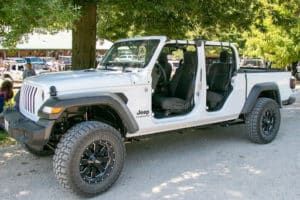
Change Your Jeep’s Oil
Although this is really a great job for your qualified Jeep mechanic, changing your own oil is a temporary solution in a pinch. For the beginner DIY-er, the owner’s manual will be the best source of information regarding how much oil, what kind, and how often to change it. Once you get to know what’s under your hood, it’s easy to break down the oil change process.
- Find the oil plug, which will lead you to the drain plug.
- Place something underneath, preferably a drain pan, to catch the oil as it drains, pull out the plug.
- After everything has drained, change out the oil filter and plug up the drain.
- Finish by adding the correct amount of oil to your engine.
It’s All in the Detail(ing)
Take advantage of the fresh spring air and spend some time detailing your Jeep. Whether it’s the grease and oil from on-roading or the accumulation of mud and dirt from off-roading, a good thorough washing is always the best first step in the detailing process. Pay close attention to the wheels and use specialty brushes to safely clean all of those nooks and crannies.
After washing, clean the windows, defog the headlights, and clean the brake lights. If you’re really feeling ambitious, you can also clean your soft top and its windows. One warning here — don’t use any cleaners with alcohol or ammonia on them as these solutions can dry out the plastic.
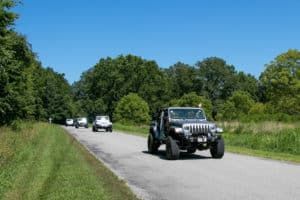
Check Out the Bits and Pieces
Washing and maintenance will give you a much better idea of any parts that are broken, missing, or worn out. Now’s the time to fix that loose handlebar or tighten up the bolts on your roof rack. You’ll never know when a small issue becomes a big problem when you’re out on the road.
You don’t need your Jeep to leave the garage to upgrade it, but when you are ready for a major mod, we’re ready to help. As a reputable custom Jeep shop, we go above and beyond for our clients. It’s our goal to build a long-lasting relationship with you. We lead the way when it comes to high-quality custom Jeep modifications, 4×4 modifications, and upgrades. Schedule a consultation to learn more about popular upgrades from leading experts.
The post DIY Jeep Projects appeared first on Axleboy Offroad - St Louis.
More Posts From Our Blog

